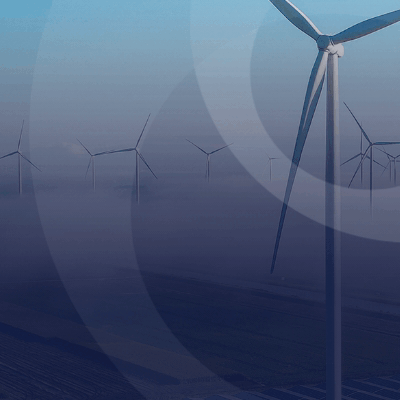Market Trends & Outlook
Onshore wind has long-term policy certainty, now what? Exploring the challenges still facing US wind

Samantha Woodworth, n/a
Senior Analyst, North America Wind
Wood Mackenzie
N Woodstock, New Hampshire
Presenter(s)
Presentation Description: A combination of factors are contributing to the onshore wind industry’s renewed bullishness, not the least of which is the Inflation Reduction Act creating the long-term policy certainty that the industry has been waiting for. The industry itself is well poised to make optimal use of the maximum base credit amount by meeting wage and apprenticeship requirements, while availability of manufacturing credits look to spur renewed interest in local supply chain. Developers and OEMs alike look to capitalize on tax credits related to domestic content, however uncertainty around the qualification of components tempers industry fervor going into the new year as IRS guidance is still awaited. Favorable guidance and strategic sourcing decisions, as well as the unshuttering of recently shuttered manufacturing facilities for components such as nacelles and blades, are required for projects to have the opportunity to qualify for the domestic content bonus credit. Additionally, permitting and transmission constraints continue to drive interest in other renewables such as Solar PV, despite wind’s cost competitiveness. Interconnection queue backlog and declining transmission project success rates, despite legislative support measures, put downward pressure on expected installations as curtailment in some regions grows alongside NIMBYism sentiments. Will the American onshore wind supply chain re-materialize to the degree needed to meet local content targets? Will onshore transmission and permitting woes be addressed? Can we still expect continued acceleration of the US most mature renewable energy industry?
Learning Objectives:
- Have a clearer understanding of the dynamics effecting onshore wind installations through the next decade
- Understand how the industry is coping with and addressing the challenges that the industry continues to face

.jpg)
.jpg)
.jpg)

.jpg)
.png)